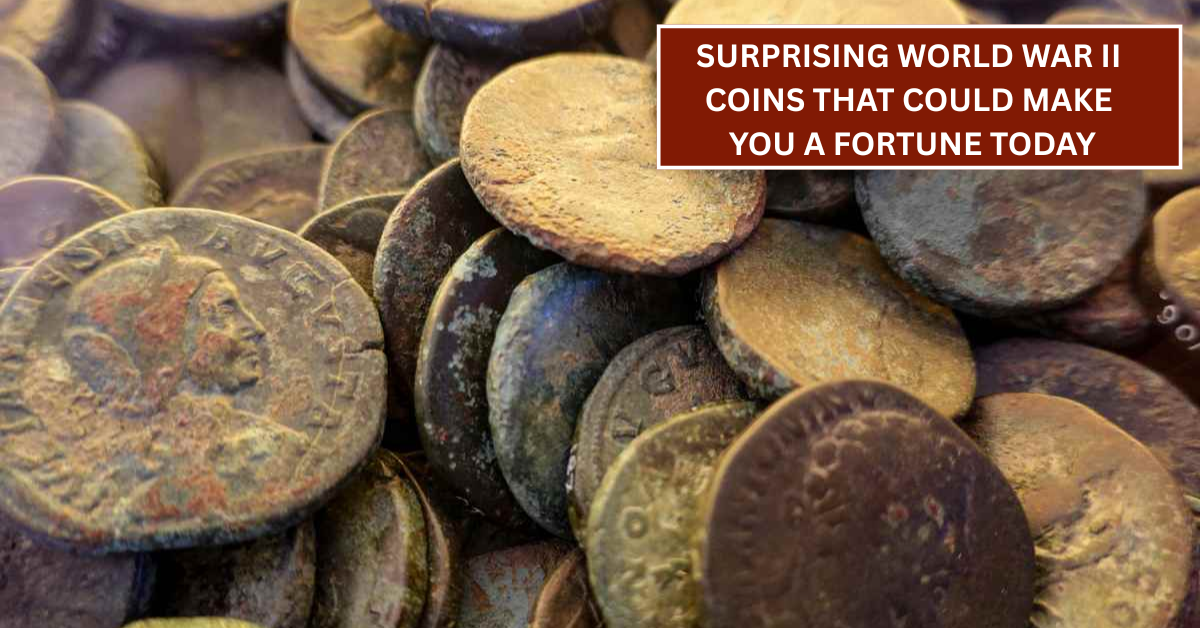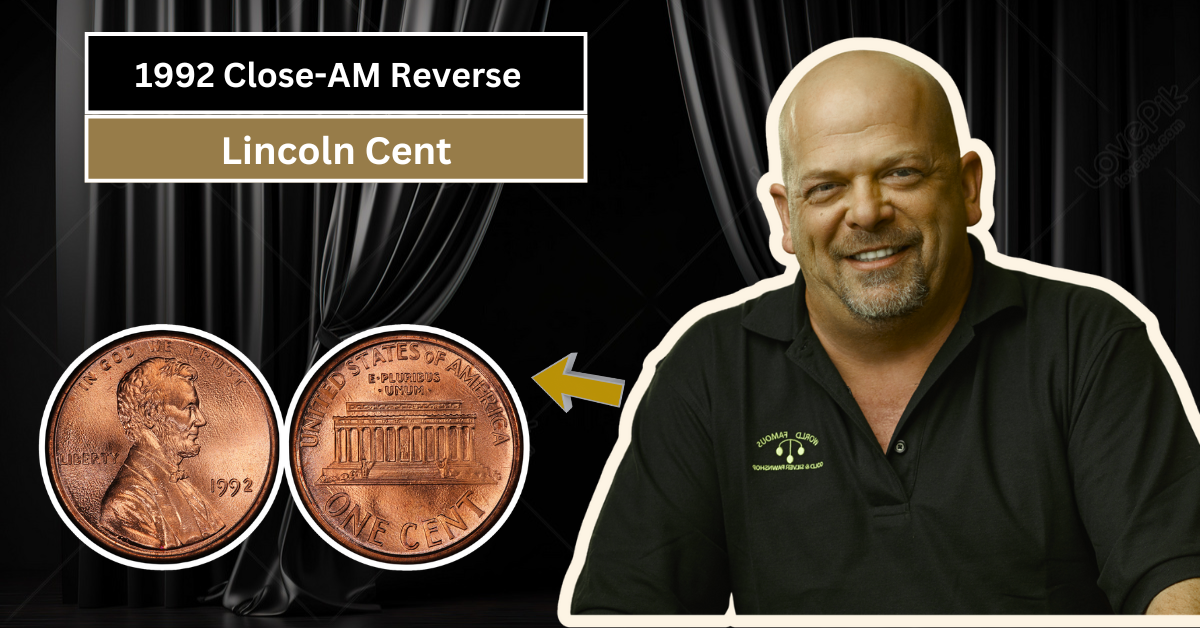World War II was a time of great change and turmoil, not just in history but also in the world of coins. Many coins from that era hold unexpected value today. Whether it’s because of rare materials or unique stories, these coins have caught the attention of collectors and history lovers alike.
This article will introduce you to six fascinating World War II-era coins. From 1943 steel pennies to coins used during Nazi occupation and Japanese invasion, these coins offer a glimpse into the past and might even surprise you with their worth.
1943 Steel Penny – America’s Wartime Switch
This Article Includes
During World War II, copper was needed for ammunition and weapons, so the United States stopped making copper pennies in 1943. Instead, pennies were made from steel coated with zinc. These 1943 steel pennies are different from usual and can be valuable, especially if they are in great condition or have rare errors.
Collectors look for these coins because they tell the story of how even small everyday objects were affected by the war. Some rare variations of the 1943 steel penny, like the 1943 copper penny which was made by mistake, are worth thousands of dollars today.
Nazi Occupation Currency – Coins of Control
When Nazi Germany occupied countries like France, Belgium, and the Netherlands, they introduced their own currency to control the economy. These coins are now a window into that tough period in history. They are collectible because they are rare and represent a time when money symbolized power and control.
Collectors find Nazi occupation coins interesting because each design tells a story about the country’s struggle and the global conflict. Coins stamped with swastikas or German eagle designs are especially sought after by history buffs and numismatists.
Japanese Invasion Money – Currency of Conquest
During World War II, Japan invaded several countries in Asia and issued their own currency, known as Japanese invasion money. This money was often printed quickly and cheaply, and it was used to try to control the local economies. Today, these notes and coins are rare collectibles.
Japanese invasion money reflects the wartime hardships faced by many Asian countries. Collectors value these coins because they remind us of a significant chapter in Asia’s history and how money was used as a tool in war.
British ‘Maundy’ Coins from the War Period
British Maundy coins are specially made coins given as gifts during a religious ceremony by the British monarch. During World War II, these coins were made with precious metals and given out in limited numbers. The rarity and royal connection make them valuable today.
Maundy coins from the war years are highly prized because they combine history, tradition, and scarcity. They serve as a reminder of royal customs continuing even during the hardships of war.
German 5 Reichspfennig Coins – Wartime Metal Changes
The German 5 Reichspfennig coin changed materials during World War II, switching from bronze to zinc to save copper for war needs. These coins tell the story of resource scarcity during wartime. Collectors look for well-preserved examples and rare years.
The zinc versions can be trickier to find in good condition because zinc corrodes easily. Those that survive well can be surprisingly valuable, especially if they show unique design features or mint marks.
Indian Pre-Independence Coins – World War II and the Raj
During World War II, India was still under British rule, and coins minted in that era hold special value. Coins like the Indian 1/2 anna, 1 anna, or rupee from the early 1940s are sought after by collectors today. They often feature King George VI’s image and carry the story of India’s role in the war.
These coins are not just valuable for their metal content but also for the historical bond they represent. Young Indian collectors enjoy hunting for these coins as they connect them to their country’s past and the global conflict.






